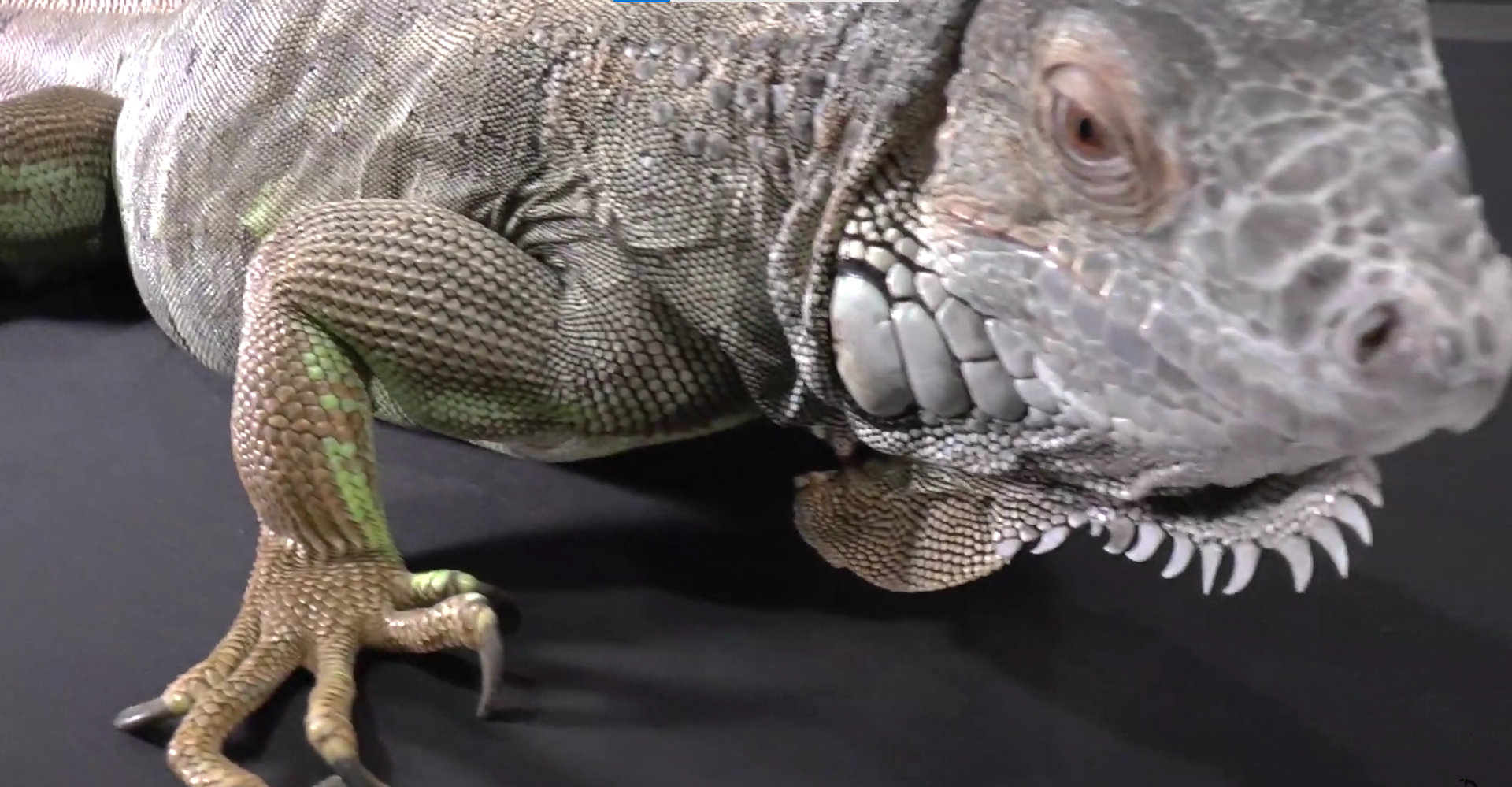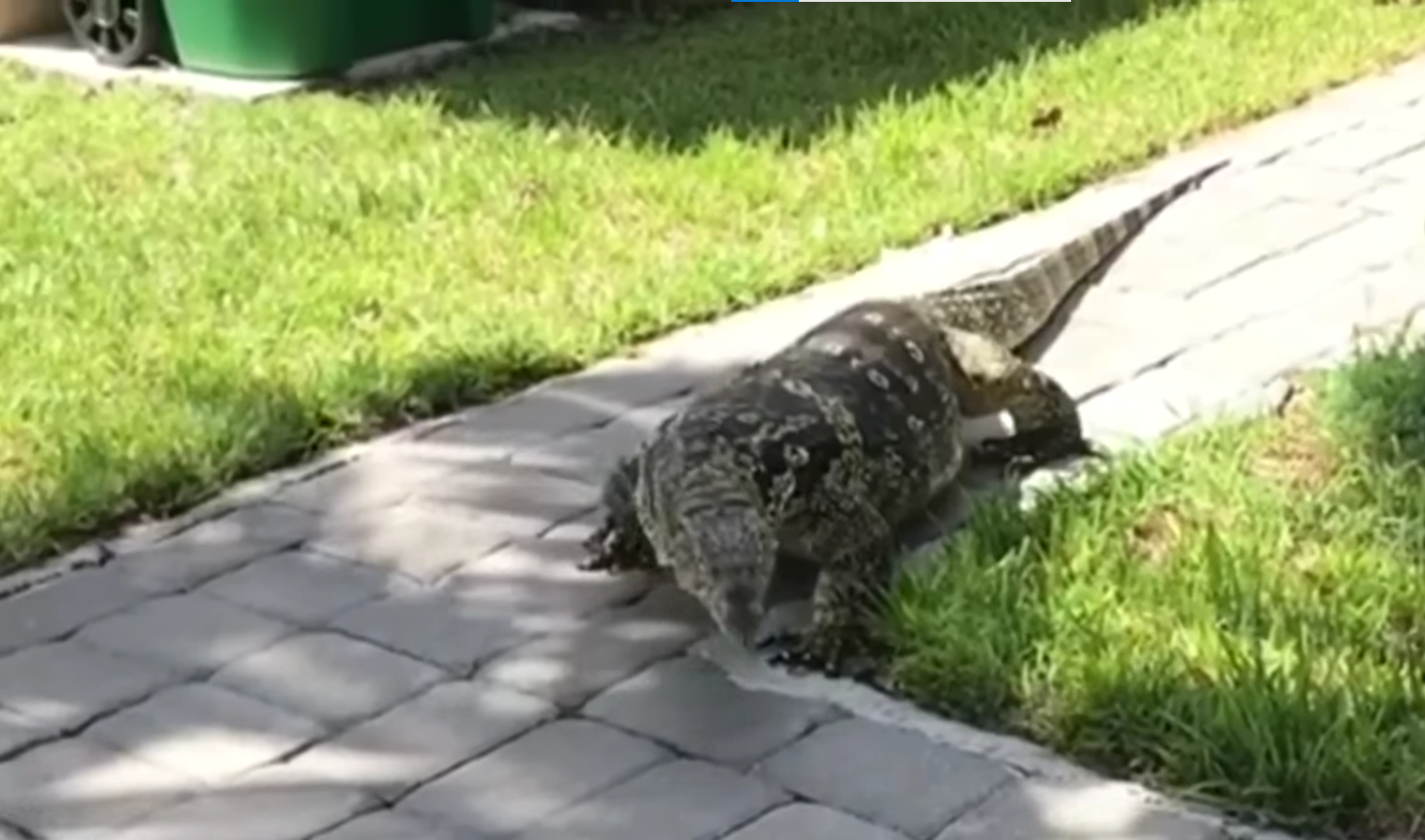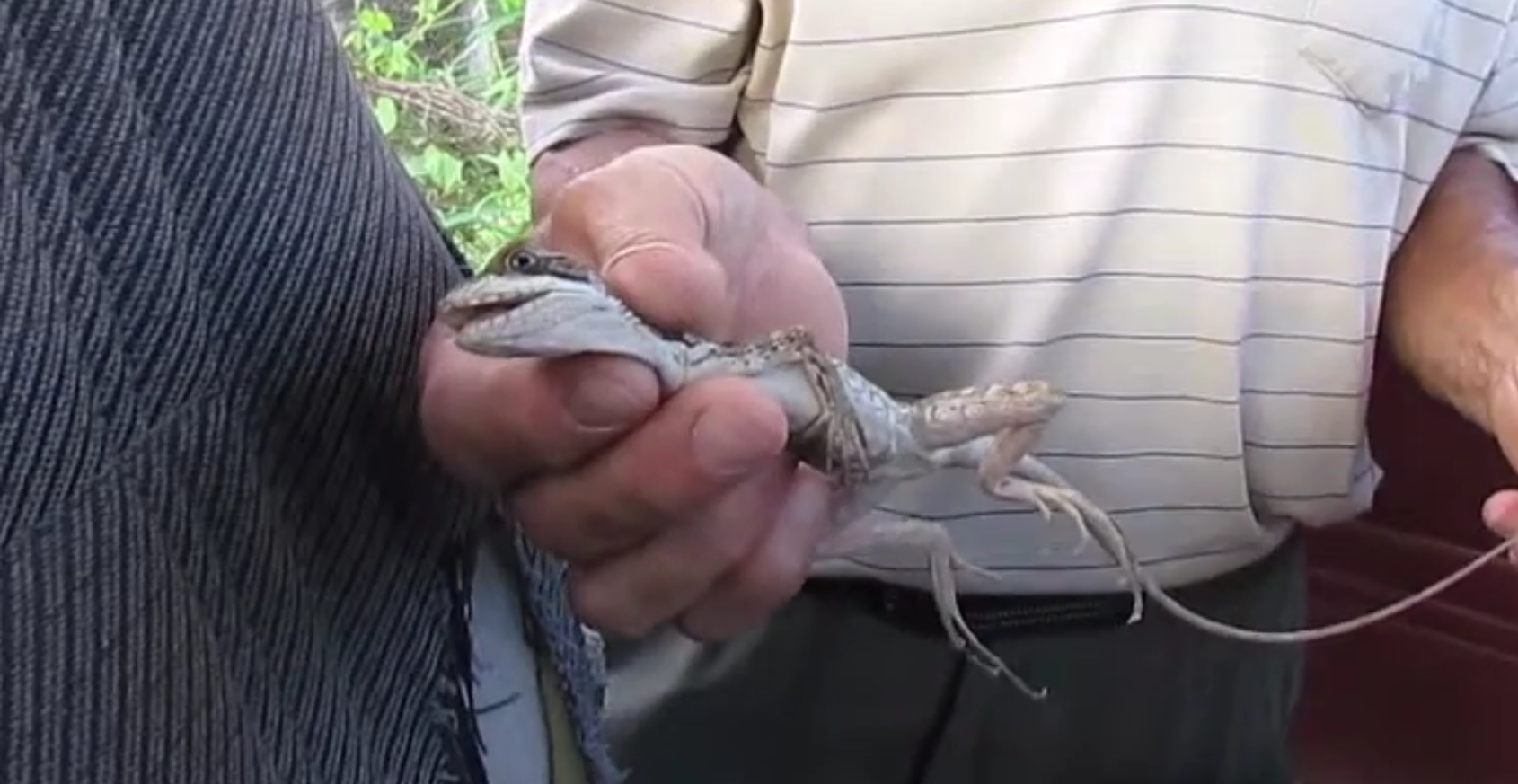Exotic reptile species that live in the wild of Florida
More and more people are calling to exotic pets these days, choosing animals such as snakes and lizards over the conventional furry friends like cats and dogs. This can be a good thing, but at the same time, exotic pet species can also be a very bad thing. Irresponsible pet owners allow their animals to escape from their enclosures, and some people even release these creatures into the wild once they realize how difficult they are to take care of. This can be a problem when indigenous species are released into the wild, but when non-native animals are released into an environment they don't belong, all hell can break loose. They take over natural habitats of the animals that belong there, and food and water sources too. They also prey on local critters, causing the populations of those animals to therefore decline.
Releasing an exotic reptile species into the wild, or any other non-native wild creature, starts off what could end up being a catastrophic chain of events.

Burmese Python
The Indian or Burmese python, for example, is one of the exotic reptile species that live in the wild of Florida. These snakes belong in Southeast Asia and other areas of the tropical South, but irresponsible pet owners have allowed these animals to be released into the wild where they have since found each other and mated. This is a snake that can grow to up to 18 - 19 feet in length. They are on the list of top five biggest snake species across the world.
Burmese or Indian pythons in the Everglades have attracted a lot of attention over recent years, especially as they can devour animals as big as deer. In fact, returning to the point we made about declining local wildlife numbers, Florida’s mammal populations in the Everglades is a great example. It is believed that these pythons have left just 10% of the original mammal count. When you also bear in mind that these snakes also feast on over 80 rare and endangered species.
In the most wild of regions in Southern Florida, it is believed that as many as 180,000 Burmese pythons could be present.

Green Iguana
The green iguana is another reptile species that doesn't actually belong in Florida. In fact, it doesn't even belong in North America at all. It originated in the Caribbean Islands, as well as Paraguay, Mexico and Brazil. The pet trade is responsible for the release of this lizard into the wild, just like with the Burmese python, and it isn't just the Everglades in Florida that's been hit. Parts of Texas have recorded sightings of the green or American iguana, particularly in the Rio Grande Valley, and the U.S. Virgin Islands and Hawaii also have populations of these green lizards.
Although the green doesn’t directly affect the populations of other local wildlife, they do eat a lot of tree snails. Sadly, these tree snails are one of the bulk foods for other birds and American animals, and some of these are rare or endangered. By reducing the amount of food that is available for local animals, those populations run the risk of declining.

Nile Monitor
An animal that once originated in Africa and was introduced to North American sometime in the 1900’s, is the Nile monitor lizard. In one four year period in the early 2000’s, studies showed that there could have been as many as 60,000-70,000 Nile monitors living wild in the South Florida region, and it is also believed that this number has risen steadily since then.
Also known as the river leguaan, water leguaan, or African small-grain lizard, the Nile monitor is a rather large beast, with males growing up to 8 feet in length, and this means that other large beasts are put at risk. To be more specific, we’re talking about crocodiles and alligators - the American crocodile and American alligator. Although they don't usually direct their attacks towards the large crocs and alligators, they do feast on the younger ones, and they also have no worries rummaging through nests and consuming the eggs. In certain areas, such as Cape Coral, domesticated pets are also under attack. There has been a large number of missing and dead pets, and it is believed that Nile monitors could be the culprit.

Brown or Striped Basilisk
You may also know this lizard as the common basilisk, but whatever you know it as, you should be aware that this is another of the invasive reptile species of Florida, otherwise known as an animal that shouldn't actually be there.
Another animal that has become an invasive species as a direct result of the pet trade, they originated in Central American and Mexico, making their way to North American during the 50’s and 60’s. Although quite small, usually growing to around 24 or 25 inches in length maximum, they can seemingly run on water, as well as devouring many of the food sources that should be available for local wildlife. Fish, birds, eggs, small snakes, insects and bugs, as well as various plants and flowers are all foods that basilisk lizards eat in abundance, and sadly, so do many other wild animals. When invasive species fight native species for food, there is usually only one winner. It usually means the decline in population for the native species.
The pet trade is responsible for many invasive species around the world, and having such a wonderful, warm climate means that Florida is often hit the hardest. If you have an exotic pet species, make sure you take absolute care of it. The release of those creatures are often the root cause behind the extinction of some of the species that ARE supposed to be there.
